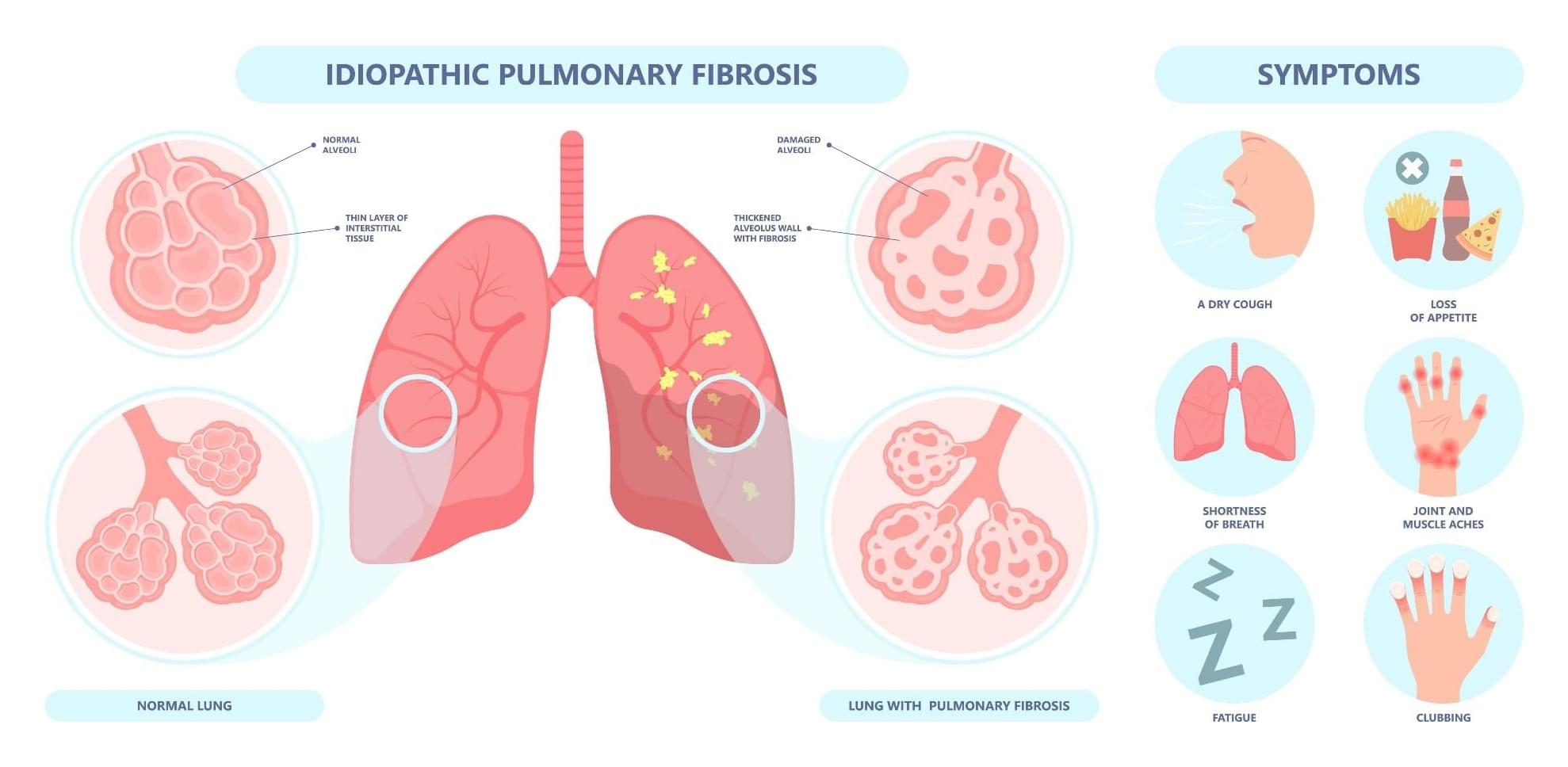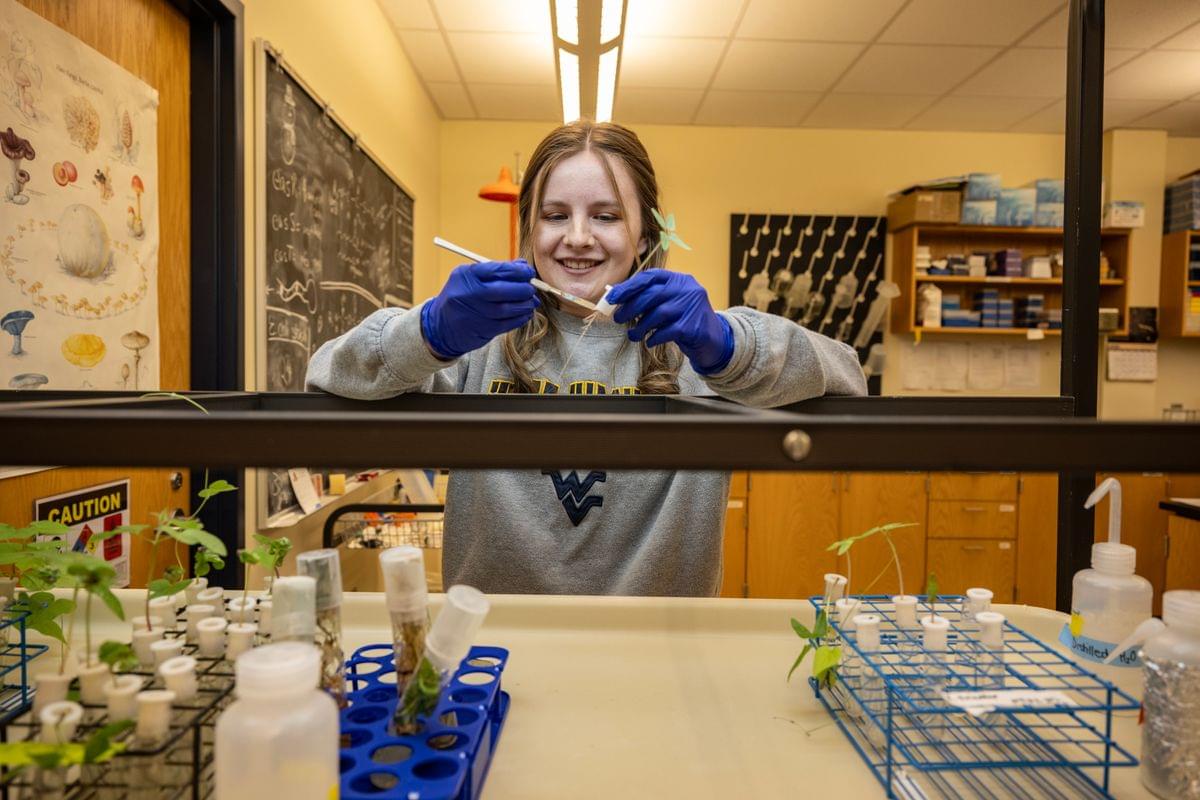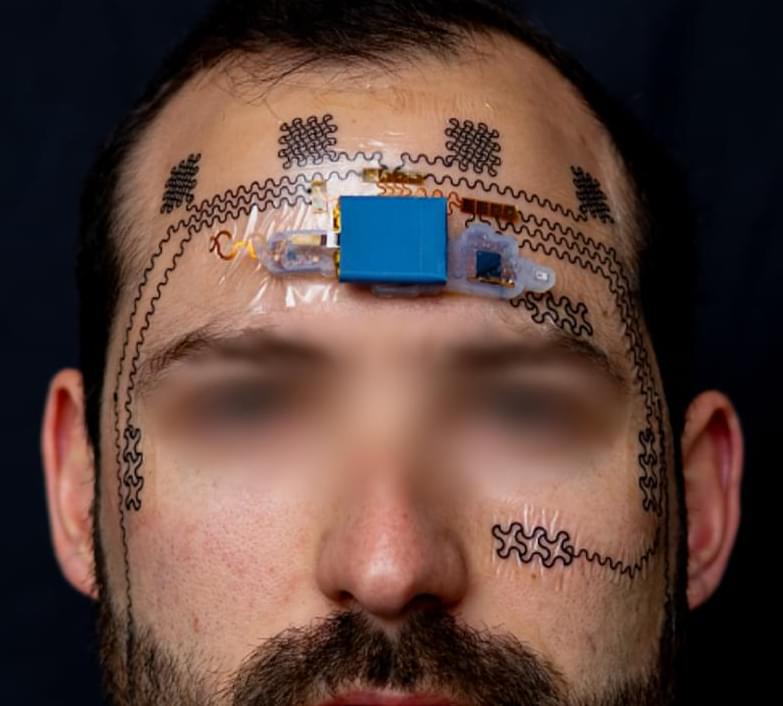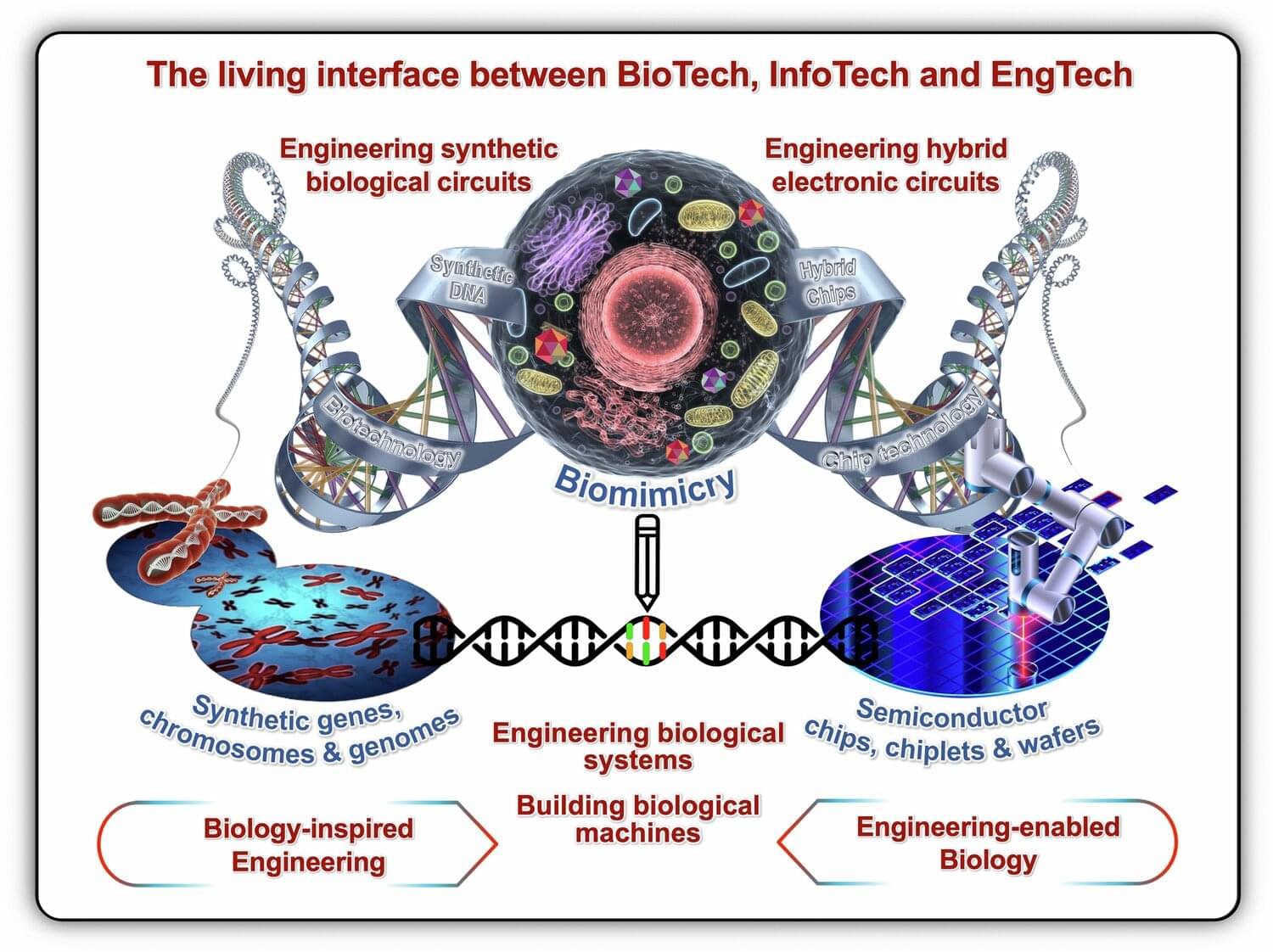Researchers report that rentosertib, an AI-discovered TNIK inhibitor, showed promising safety and potential to improve lung function in patients with idiopathic pulmonary fibrosis in a 12-week phase 2a clinical trial. The highest dose group demonstrated a trend toward increased forced vital capacity, especially among patients not receiving standard antifibrotic therapy, supporting further clinical investigation.
The FDA has approved ENCELTO, the first treatment for macular telangiectasia type 2 (MacTel), a rare degenerative eye disease that gradually impairs central vision.
Whether you are a competitive athlete or an older adult, strong bones are essential—not only for movement, but also for overall health. Now, a new study has shed new light on how our bones are maintained and repaired by stem cells—and how that process is disrupted with age and in situations of poor healing. The findings could open doors to therapies that speed recovery from injuries, improve bone health, and boost performance longevity.
“Stem cells are the source of all new bone formation, and so work like this is really the foundation of developing new treatments for conditions of poor skeletal health and delayed or impaired fracture regeneration,” said Thomas Ambrosi, who led this study while he was a postdoctoral fellow in Charles Chan’s laboratory at Stanford University and later in his current position as an assistant professor of Orthopedic Surgery at UC Davis. The study was published in Cell Stem Cell.
“This work exemplifies the mission of the Wu Tsai Human Performance Alliance to advance science that helps people stay healthy, recover faster, and achieve peak performance,” said Michael Longaker, MD, a senior author on the study, a professor in the School of Medicine at Stanford University, and a member of the Wu Tsai Human Performance Alliance at Stanford.
Japanese researchers took inspiration from our eyes, creating an artificial retina that could give today’s machine vision systems an upgrade.
The Illusion of Thinking: Understanding the Strengths and Limitations of Reasoning Models via the Lens of Problem Complexity
Posted in information science, mathematics, robotics/AI | Leave a Comment on The Illusion of Thinking: Understanding the Strengths and Limitations of Reasoning Models via the Lens of Problem Complexity
Recent generations of frontier language models have introduced Large Reasoning Models (LRMs) that generate detailed thinking processes before providing answers. While these models demonstrate improved performance on reasoning benchmarks, their fundamental capabilities, scal-ing properties, and limitations remain insufficiently understood. Current evaluations primarily fo-cus on established mathematical and coding benchmarks, emphasizing final answer accuracy. How-ever, this evaluation paradigm often suffers from data contamination and does not provide insights into the reasoning traces’ structure and quality. In this work, we systematically investigate these gaps with the help of controllable puzzle environments that allow precise manipulation of composi-tional complexity while maintaining consistent logical structures. This setup enables the analysis of not only final answers but also the internal reasoning traces, offering insights into how LRMs “think”. Through extensive experimentation across diverse puzzles, we show that frontier LRMs face a complete accuracy collapse beyond certain complexities. Moreover, they exhibit a counter-intuitive scaling limit: their reasoning effort increases with problem complexity up to a point, then declines despite having an adequate token budget. By comparing LRMs with their standard LLM counterparts under equivalent inference compute, we identify three performance regimes: low-complexity tasks where standard models surprisingly outperform LRMs, medium-complexity tasks where additional thinking in LRMs demonstrates advantage, and high-complexity tasks where both models experience complete collapse. We found that LRMs have limitations in exact computation: they fail to use explicit algorithms and reason inconsistently across puzzles. We also investigate the reasoning traces in more depth, studying the patterns of explored solutions and analyzing the models’ computational behavior, shedding light on their strengths, limitations, and ultimately raising crucial questions about their true reasoning capabilities.
*Equal contribution. †Work done during an internship at Apple.
Making a discovery with the potential for innovative applications in pharmaceutical development, a West Virginia University microbiology student has found a long sought-after fungus that produces effects similar to the semisynthetic drug LSD, which is used to treat conditions like depression, post-traumatic stress disorder and addiction.
Corinne Hazel, of Delaware, Ohio, an environmental microbiology major and Goldwater Scholar, discovered the new species of fungus growing in morning glory plants and named it Periglandula clandestina.
Hazel made the discovery while working in the lab with Daniel Panaccione, Davis-Michael Professor of Plant and Soil Sciences at the WVU Davis College of Agriculture and Natural Resources. She was studying how morning glories disperse protective chemicals called “ergot alkaloids” through their roots when she saw evidence of a fungus.
Mixed urinary incontinence presents a clinical conundrum. Patients with mixed urinary incontinence report symptoms of both stress incontinence (loss of urine with exertion) and urge incontinence (loss of urine with urgency). Mixed urinary incontinence is a combination of the two that affects 37% of women older than age 65 years.1 The personal and societal costs of incontinence are significant. In women with symptoms of severe urinary incontinence, the cost of supplies, laundry, and dry cleaning range from $900 to $4000 annually.2 By 80 years of age, 20% of women will undergo surgery for stress or mixed urinary incontinence.3 Physical and behavioral therapy improves both incontinence types, and medications are standard treatment for urgency urinary incontinence. When conservative therapies fail, conventional guidance has been to treat the urgency prior to the stress component of mixed incontinence, because anti-incontinence surgical procedures can worsen urgency incontinence, and many urgency treatments are medical rather than surgical.4-7 Another strategy has been to treat whichever symptom is dominant.8
A previously published randomized trial of patients with mixed urinary incontinence compared midurethral sling plus behavioral and physical therapy vs sling alone. Findings from the Effects of Surgical Treatment Enhanced With Exercise for Mixed Urinary Incontinence (ESTEEM) trial revealed that both groups, with or without behavioral and physical therapy, reported improved urgency symptoms, findings that substantiated prior cohort studies.9-11 While the original hypothesis of ESTEEM was that treating both components of mixed urinary incontinence with behavioral and physical therapy plus sling would result in better patient outcomes, ESTEEM revealed that urgency symptoms can improve with the midurethral sling alone, challenging previously held beliefs about the impact of anti-incontinence surgeries worsening the urgency component of mixed incontinence.
In this issue of JAMA, investigators report the results of an important trial that is the next natural step in exploring how best to treat mixed urinary incontinence.12 The Treatment for Mixed Urinary Incontinence: Midurethral Sling vs Botox A (MUSA) is a randomized clinical trial of 137 patients with mixed urinary incontinence and moderate bother from both stress and urge symptoms randomized to either the midurethral sling or 100 U of onabotulinumtoxinA.12 Participants had an average number of 7 leakage episodes a day, representing patients severely affected by incontinence. Importantly, patients previously had unsuccessful conservative interventions, including medications. The investigators hypothesized that treating the urgency component of mixed urinary incontinence with onabotulinumtoxinA would result in better outcomes than focusing on the stress component with a midurethral sling.
A disposable, electronic “tattoo” that measures mental workload could be used to enhance safety in high-pressure jobs, researchers say.
Australian researchers are turning to nature for the next computing revolution, harnessing living cells and biological systems as potential replacements for traditional silicon chips. A new paper from Macquarie University scientists outlines how engineered biological systems could solve limitations in traditional computing, as international competition accelerates the development of “semisynbio” technologies.
Living computers, organs-on-a-chip, data storage in DNA and biosecurity networks that detect threats before they spread—these aren’t science fiction concepts but emerging realities. A team from Macquarie University and the ARC Center of Excellence in Synthetic Biology (COESB) has explored this convergence of biological and digital technologies in a Perspective paper published in Nature Communications.
The Macquarie University authors—Professor Isak Pretorius, Professor Ian Paulsen and Dr. Thom Dixon (who are also affiliated with the ARC Center of Excellence in Synthetic Biology), Professor Daniel Johnson and Professor Michael Boers—draw on decades of combined experience to explain why harnessing bio-innovation can proactively shape the future of computing technology.









